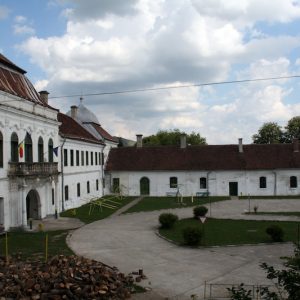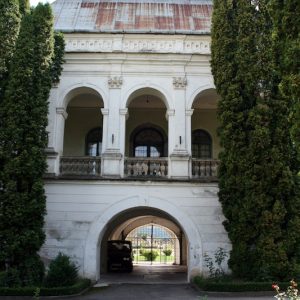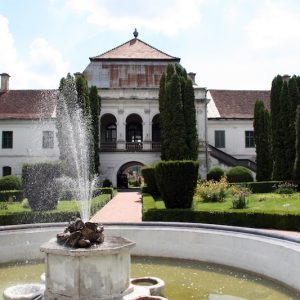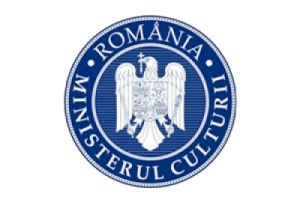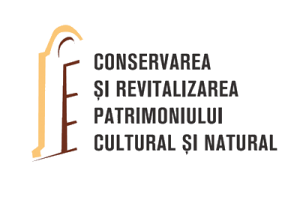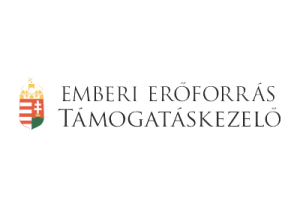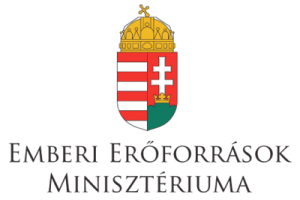- National Monument Number:
- SJ-II-a-A-05075
- Address:
- Jibou, str. Parcului, nr. 14
- Dated to:
- 18th century
- Ownership:
- private property
Wesselényi Ferenc was Báthory István’s loyal ally and excellent chamberlain. He became the estate’s first lord in 1584, when he received Hadad and Jibou, together with twenty-six villages and the title of baron. The construction of one of Transylvania’s most beautiful baroque castles began in 1778 and lasted for more than thirty years. In 1805, Kazinczy Ferenc made his first trip in Transylvania and met Franz Neuhauser in Jibou. The young artist had been working on the diner’s canvas painting depicting a hunting scene when Kazinczy arrived. The castle gained its current shape during the time of Wesselényi Miklós the Elder. He was also the one who built the estate’s stable in 1771. There is a statue of a horse inside the stable, which was sculpted by Johannes Nachtigall. The famous stud of horses was the pride of the Wesselényi family, and was passed down from father to son. The castle was eventually finished in 1810. The building bears both baroque and classicist elements, its loggia with large arcades, and four corner towers being of particular interest.
After its nationalization, the castle’s interiors were completely changed. Its decorative elements, window and door frames were removed. Every movable piece of furniture or installation was stolen, including stoves, paintings and ornamental pieces. Neuhauser’s paintings were coated over. The castle’s rooms were used as classrooms, the castle first became a primary school, later a boarding school, pioneers’ house, museum, as well as a research centre for nature-loving youths. The English landscape garden became a botanical garden, the stable a cafeteria, and a go-kart track was established in the castle’s courtyard. Currently only the children’s education centre is still functioning. The lion statues that can be seen in the garden had been brought there in the 70’s from the Jósika Miklós Castle. Property status: the castle has been returned to the inheritors.





